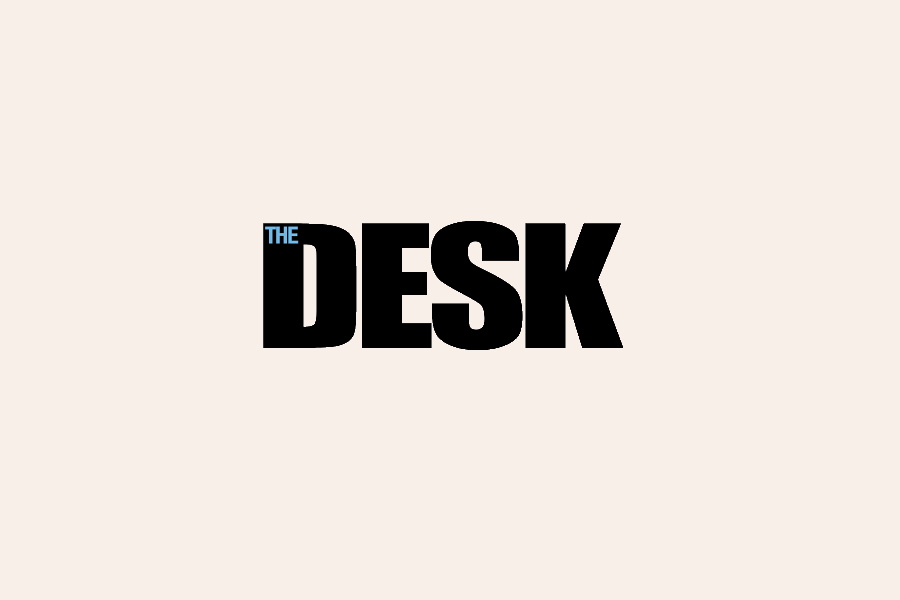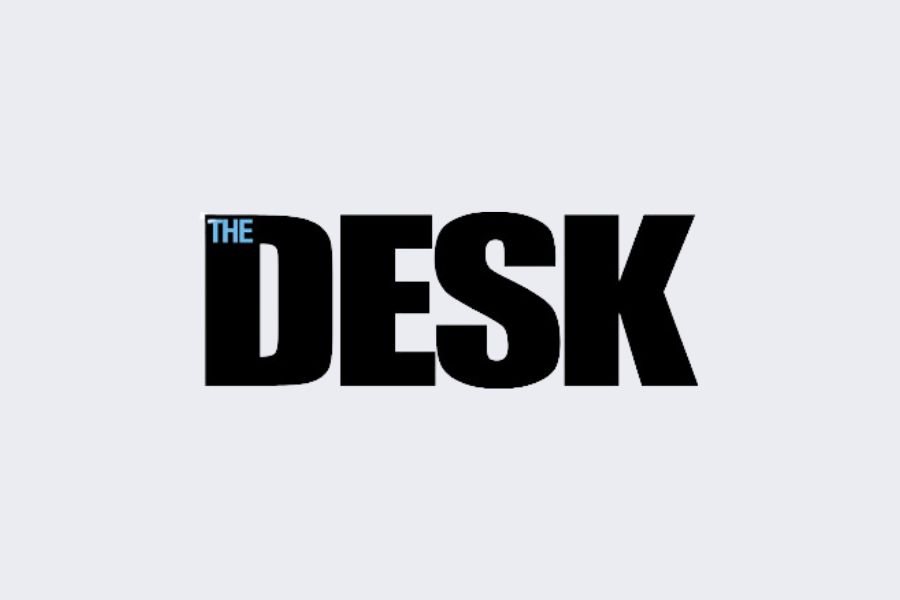The Desk: Customising investment products efficiently in a rising rate environment

Originally published on The Desk.
By Dan Barnes, The Desk.
The DESK interviewed Russell Feldman, CEO of IMTC, to discuss how investment managers are using technology to create better investment opportunities through more tailored and transparent choices with fewer manual processes.
The DESK: How have clients been reacting to inflationary pressures, rising rates, and more challenging liquidity conditions?
Russell Feldman: We’re entering a period of single digit returns in which income will become a much larger proportion of total return. That hasn’t been the case in recent times. With that in mind, there’s an important decision-making component in the selection process across the portfolios of debt that our clients are managing. The risk around what you’re buying and how you expect an asset to perform over time has led to even more emphasis on security selection.
TD: How does that manifest in their analysis?
RF: Well, harvesting data is of the utmost importance. Investors need the ability to synthesize and take action on the data they are receiving. This will allow them to optimise outcomes and realize the full potential of this information. A major driver for that – perhaps indirectly – is the demand from our clients’ investors who want customised portfolios, and more input into the securities that they own in their portfolios. They want to know the ESG components of the portfolio, to understand their income projections, and to dictate the guidelines and guardrails associated with a given portfolio.
If our clients are asked to provide that level of customised service when managing 500+ accounts, time is not their friend. They need to leverage tools that help them minimize time spent managing accounts while maximizing the outcomes associated with each of them. That includes tools which can codify those tailored requirements of the portfolios, collect the necessary data and then help them act on it. Technology continues to be a really crucial consideration for our clients.
TD: What sorts of advantages might they be able to realise?
RF: If there are eight hours in the working day, that is 480 minutes. If you’re managing 500 accounts, you have less than a minute to dedicate to each account on any given day. By aggregating data, for example dealer inventory, needs across your portfolio, you can deploy cash intelligently to optimise portfolios. Being able to automate processes around the investment management lifecycle allows our clients to spend time focused on deep credit analysis and relative value analysis in order to further optimise security selection. Given what’s happening in the market right now, they need that time. Where before, they could not physically spend the necessary time managing each account on a daily basis, IMTC is now giving them the chance to do that.
The advent of new technology is the key to that. The other thing it adds is the customisation element because you can get more granular on behalf of your clients with fewer manual processes. If Jane wants to structure a portfolio that generates $50,000 of cash every month owning debt of companies that are environmentally and socially responsible with strong governance, you can set up the potential for that to happen with a few clicks of a button, rather than having to scan through all the inventory across all the dealers you’re working with to try to figure out exactly what might fit.
TD: How are these pressures reflected in active vs passive management?
RF: While the democratisation of wealth management continues, active managers are trying harder to differentiate themselves from passive counterparts. That is in part where more customisation comes in. They need to justify higher fees by supplementing what they’re providing to their clients. Technology is a critical tool in their arsenal allowing them to dedicate a high level of attention to all of their portfolios in a given day. They just need to raise the standard of care to justify the higher expense. There are ways of supporting clients more thoroughly, for example tax loss harvesting. This requires transparency into the holdings of a given separately managed account (SMA), and while this has typically been solely a year-end practice, technology allows active managers to provide this benefit all year round.
TD: How are separately managed accounts (SMAs) in particular facing operational challenges?
RF: The increasing level of education amongst investors is creating a need to provide more customised services for a larger demographic of investors. For example, while there is constant discussion about a rotation from active to passive investment, if you look at the SMA municipal (muni) fixed income business alone, it grew from US$100 billion in 2008, to almost US$800 billion by the middle of last year. An investor is afforded a more bespoke experience and more transparency about their holdings. The ability to hold bonds to maturity in a rising rate environment is of course a benefit that’s not afforded to passive managers. They don’t have to take the same hit that would if they owned the same holdings a fund.
New technology is allowing our clients to lower their account minimums and to manage more assets with the same headcount. Where some of our clients used to require a US$1,000,000 minimum for SMAs, they can now reduce that threshold to US$250,000 and provide the same level of attention and customisation across all portfolios. As a result, SMAs are now be rolling out to more than the only the ultra-high-net-worth (UHNW) clients. The transparency that creates, the ability to make strategic changes on the fly, and to manage transaction costs and taxes more efficiently and effectively are all key considerations for investors when choosing a manager.
TD: How do you see this increasing interest in more tailored portfolios affecting this market over the next few years?
RF: The growth that we’ve seen in recent years in the SMA market is similar to what I expect we’ll see in the custom indexing space. A recent study by Parametrics said that direct and custom indexing is expected to grow 12% annually over the next five years, far outpacing mutual funds, exchange traded funds (ETFs) and other similar products. The reason for that is by taking all of the best qualities of an SMA – flexibility, customisation – and then adding an ETF-type fund element to it has real advantages. There is the liquidity component. For example, by matching characteristics via an index instead of having to buy the basket of a muni benchmark with 10,000 securities, you can buy securities that better suit your risk profile. Custom indexing allows clients to capture the same type of returns they’re looking for in a given benchmark. That flexibility allows for the management of assets which are moving into passive domains, but in a tailored way.
Technology is enabling a better wrapper for investment products, the advantages of which, are finally trickling down to the individual in the form of custom indexing.
TD: How evolved are investment firms in their adoption of the tools needed to get ahead?
RF: Everybody’s journey is a bit different. M&A in this space has really taken off and the firms being acquired are those embracing innovation and excelling as a result. The distinguishing factor is a willingness to move into the future and automation is accelerating that change. Firms shouldn’t be using a screwdriver for a job that requires a power tool. Fixed income markets have technologically lagged equity markets for decades. Now we finally have the technology needed to make real strides, and we’re excited to see people embracing that reality.
.





